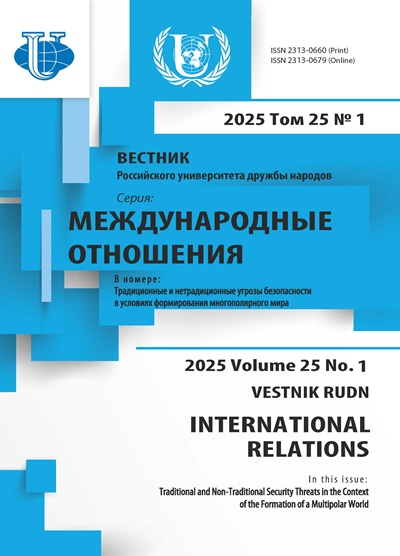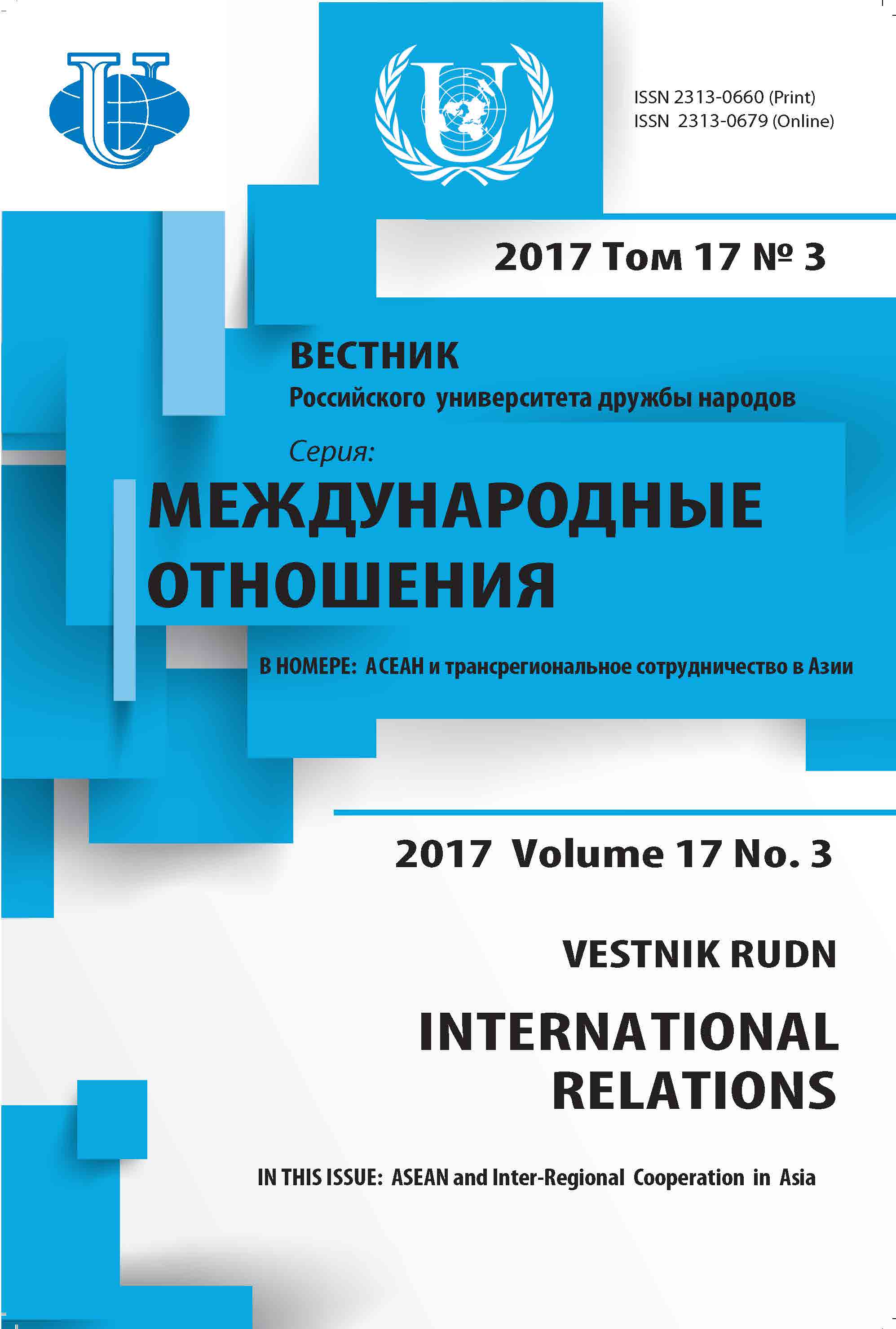Abstract
The Asia-Pacific region is becoming one of the centers of global economic and political development. Countries of the region actively develop their economy, implement democratic reforms, and are also interested in peace and security in the region. A serious destabilizing factor in the Asia-Pacific region is territorial disputes between China and a number of countries in the region. China is taking the lead in the region and resolutely defends its interests, including territorial ones. The growing economic and military strength of China bothers other countries of Asia-Pacific region. Japan, Vietnam, South Korea, Indonesia also claim regional leadership. They also demonstrate determination in their territorial claims. Confrontation with China encourages the countries of the region to seek political and military support from the US, that could lead to the aggravation of the situation in the region in future. Meanwhile, China is also interested in good relations with neighbors, that’s why it changes approaches of solving its territorial issues. The objective of the research is to define China’s approach to territorial disputes in Asia-Pacific region. For this purpose, the authors set some tasks: first, to point out the main territorial disputes between China and Asia-Pacific countries, second, to consider how the problem of territorial disputes in Asia-Pacific region first appeared and developed, and how the Chinese government reacted to it, and finally, to analyze the role of international organizations, such as the UN and ASEAN in settling disputes in Asia-Pacific region. Summarizing the results of their research, the authors make the important conclusion that China’s stance on disputed territories remains unchanged, and at the same time, Chinese government seeks to solve the existing territorial problems peacefully, without using military force.











